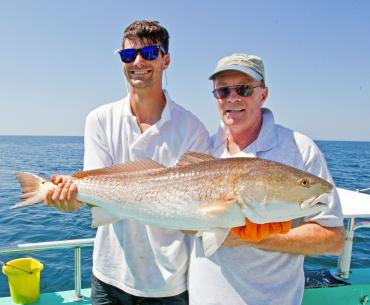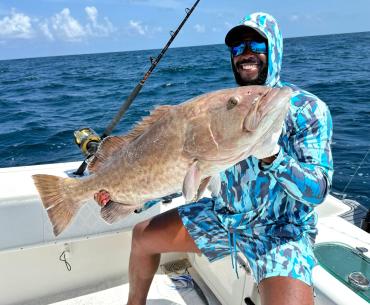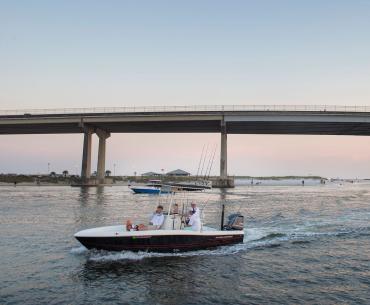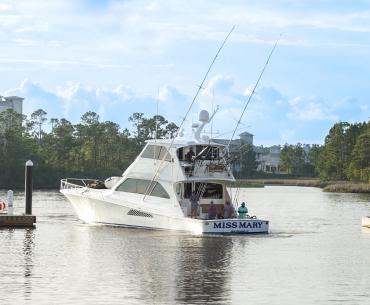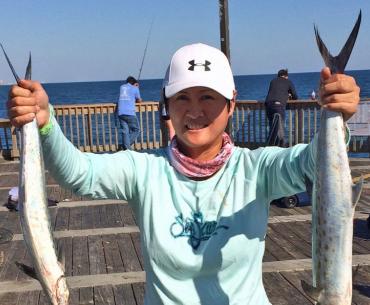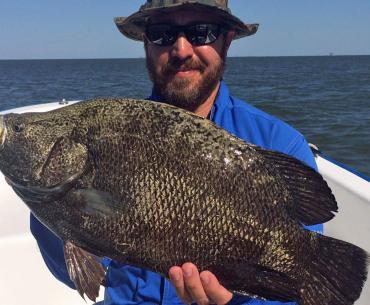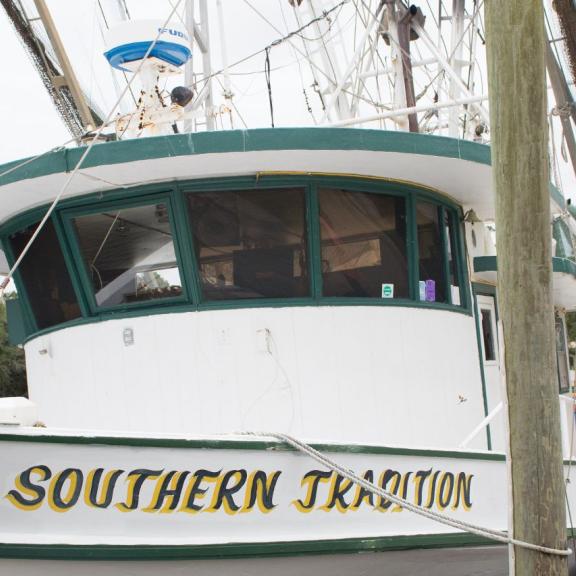
While the low prices for fresh Alabama shrimp are a definite hardship for the commercial shrimping fleet, the situation does provide an excellent opportunity for the folks with a recreational shrimping license to get on the water and have very little competition for the tasty crustaceans.
Many commercial shrimpers simply leave their boats at the dock while prices are low, even though there are plenty of shrimp for the taking. A handful of commercial shrimpers, like Doug Plash on Plash Island, sell their catches to the public at the boat dock. Plash reports that the number of commercial boats dragging for shrimp is low, and the abundance of shrimp is high.
Therefore, anyone with a boat and a 16-foot shrimp trawl can purchase a recreational shrimping license from the Alabama Marine Resources Division and enjoy an outing on the water that is both educational and can provide a bounty of seafood.
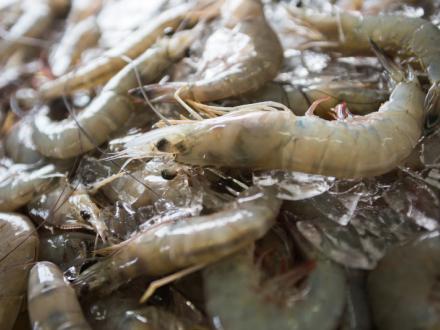
Shrimping on Alabama's Beaches
Dragging a shrimp trawl near or on the bottom will scoop up all sorts of creatures in the net. Don’t be surprised if you end up with croakers, catfish, hog chokers, menhaden, sting rays, shad, blue crabs, and other critters. Be very careful removing the sting rays and hardhead catfish from the net! The sting rays have a barbed stinger, and the catfish have barbed fins that can inflict nasty wounds.
However, sorting through the catch is half the fun of a shrimping trip. When you’re sorting your catch, stay away from the shoreline. The law prohibits the discard of dead fish or other dead seafood within 500 feet of any shoreline or into the waters of the Gulf of Mexico within 3 miles of the Gulf beaches (including Pelican Bay).
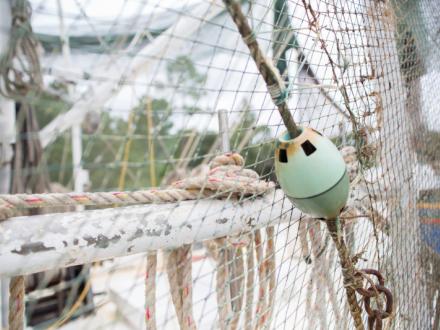
Recreational shrimping season opened on June 1 and likely will stay open until May 1 next year. The closure allows the juvenile shrimp to grow to a harvestable size.
It’s not uncommon for families to haul in enough shrimp to fill their freezers to last until they can get back on the water!
For those fortunate enough to capture blue crabs in your shrimp net, you can keep a specific number. According to the regulation, licensed recreational shrimp boats taking crabs in waters open to commercial shrimping are limited to no more than one five-gallon container of legal-size crabs (5 inches across the carapace from spine tip to spine tip) in possession per boat.
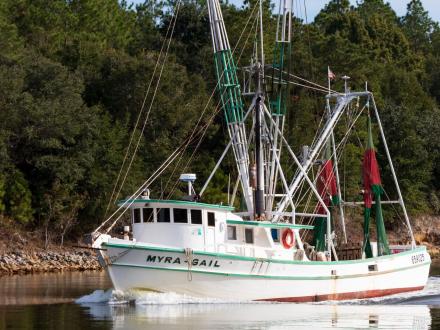
Shrimping Rules & Regulations on Alabama's Beaches
The rules and regulations are relatively simple. Recreational shrimpers are limited to a 16-foot trawl, which must be deployed and retrieved by hand. Shrimpers are allowed one five-gallon bucket of heads-on shrimp per person per day. Recreational shrimpers must have a boat license that costs $20 for Alabama residents. Non-residents pay the same amount charged Alabama residents to conduct the same activity in the applicant’s state, not to exceed double the cost of the resident license. Before you head over, review the recreational shrimping regulations and check out the map showing the areas closed or restricted to shrimping.
The recreational harvest of shrimp in Alabama is estimated at around 200,000 pounds annually. During the summer, brown shrimp make up the majority of the catch. White shrimp may end up in the trawl in the fall and sometimes late summer. White shrimp tend to be considerably larger and are targeted by the few commercial shrimpers still plying their trade.
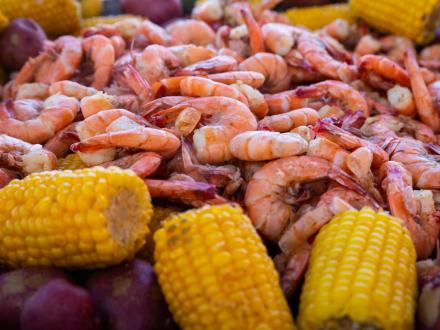
Stay away from oyster reefs when you make a drag. It is unlawful for any person to drag a net, seine, or trawl over public or private oyster reefs.
Also, remember that all gamefish caught in a trawl must immediately be returned to water unharmed. Those gamefish species include red drum, spotted seatrout (speckled trout), tarpon, and striped bass.
Although the shrimp season opened June 1, ample opportunity awaits those who want to pull a shrimp trawl this year. It’s an excellent opportunity for families to spend time together outdoors and explore all the creatures that live in Alabama’s coastal waters. Plus, with the abundance of shrimp, a tasty shrimp boil will likely be in your future!
